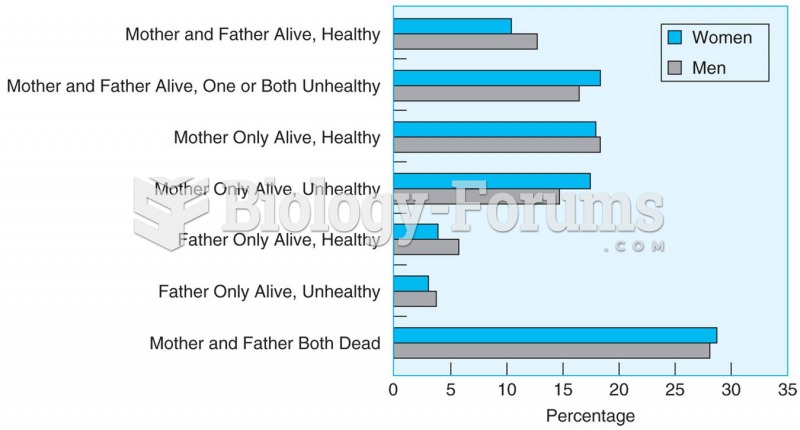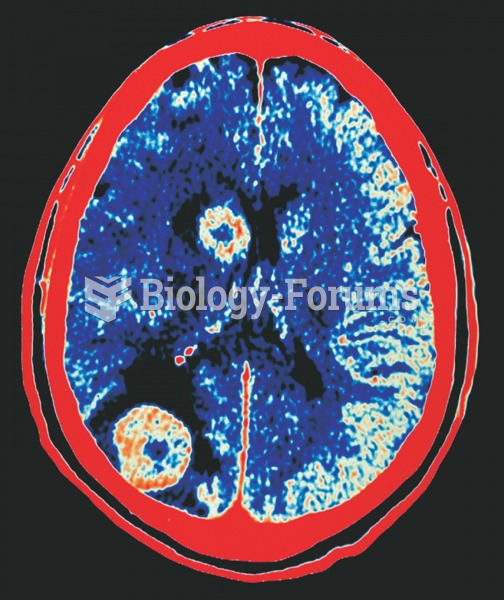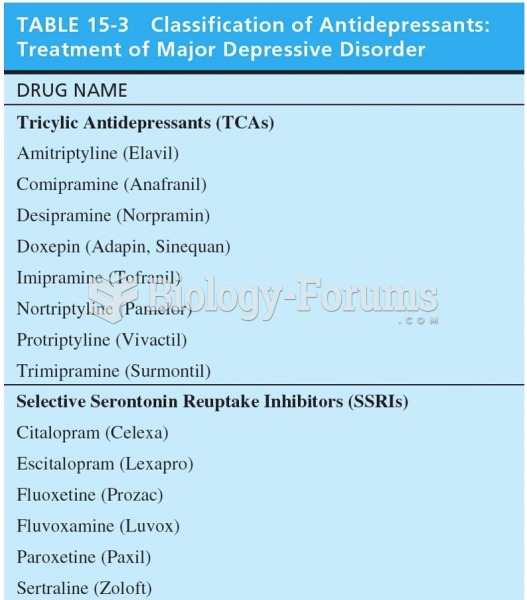|
|
|
The use of salicylates dates back 2,500 years to Hippocrates's recommendation of willow bark (from which a salicylate is derived) as an aid to the pains of childbirth. However, overdosage of salicylates can harm body fluids, electrolytes, the CNS, the GI tract, the ears, the lungs, the blood, the liver, and the kidneys and cause coma or death.
The oldest recorded age was 122. Madame Jeanne Calment was born in France in 1875 and died in 1997. She was a vegetarian and loved olive oil, port wine, and chocolate.
In Eastern Europe and Russia, interferon is administered intranasally in varied doses for the common cold and influenza. It is claimed that this treatment can lower the risk of infection by as much as 60–70%.
Automated pill dispensing systems have alarms to alert patients when the correct dosing time has arrived. Most systems work with many varieties of medications, so patients who are taking a variety of drugs can still be in control of their dose regimen.
The most common treatment options for addiction include psychotherapy, support groups, and individual counseling.
 Image of pitcher plant mosquito Wyeomyia smithii, showing segmentation and partial anatomy of circul
Image of pitcher plant mosquito Wyeomyia smithii, showing segmentation and partial anatomy of circul
 About 78% of middle-aged adults (aged 40–59) have at least one living parent, and for over a third ...
About 78% of middle-aged adults (aged 40–59) have at least one living parent, and for over a third ...





